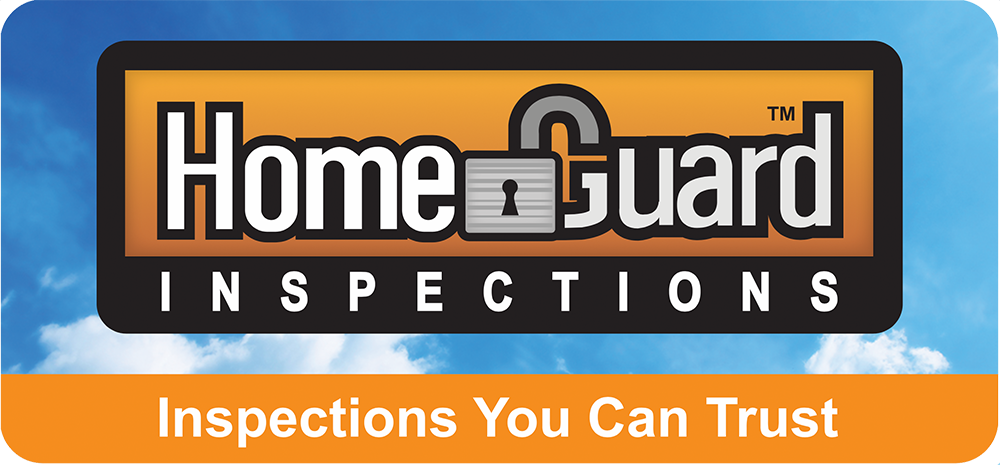Radon can accumulate at unhealthy levels in homes with no clues – making detecting the presence of high levels of radon impossible without testing the home. Whether it is a home you are considering purchasing or a home you currently live in, it is important to conduct a radon test to ensure the home does not have unhealthy levels of radon lurking in the air. The good news? Testing for radon is easy, and inexpensive, and if high levels are discovered in the home, installing a mitigation system is comparatively inexpensive and well worth having a home with a healthy living environment for you and your family.
What is Radon and What Makes it Harmful?
Radon is a radioactive gas that is colorless, odorless, and tasteless. The gas is produced naturally when uranium in rocks and soil breaks down. Radon, if inhaled at high levels, can be harmful to your health. It is, in fact, the second leading cause of lung cancer after smoking. Exposure to radon gas damages your lung tissue, leading to an increased risk of lung cancer. The severity of radon exposure varies, depending on the level of radon present and the duration of exposure. Radon typically seeps into homes through cracks in the foundation, walls, and floors. Once in the home, radon can accumulate at unhealthy levels along the floor and basement areas.
Quick and Easy Home Radon Testing
When testing for radon in a home, it’s important to know about the different types of tests which are available and their respective advantages and disadvantages. For instance, the charcoal-activated test kit works best for a homeowner who is testing their current home and is not testing as part of a real estate purchase. An alternative to the charcoal-activated test kit is an electronic continuous radon monitor which is typically used when purchasing a new home and looking for a quicker, more reliable test approach.
The Charcoal-Activated Test Kit
The charcoal-activated test kit uses an adsorptive medium, such as activated charcoal, to capture radon molecules, making it possible to measure the amount of radon present in the air and can be purchased online and at some retail stores. To use a charcoal-activated test kit to detect radon levels, first, place the sampling device in the desired area. After an appropriate amount of time has passed (usually between 48 and 72 hours), remove the device and seal it for shipping. The sample can then be submitted to a lab for analysis, which will determine the level of radon present in that environment. This method for testing is the least expensive, takes the most time to learn the results, and can most easily be tampered with if left in a home that you are considering for purchase but don’t yet own.
Electronic Continuous Radon Monitor
Another option is to use an electronic continuous radon monitor. An electronic continuous radon monitor works by continuously measuring the level of radon in an indoor environment. It does this through a series of sensors that detect any alpha particles emitted from radioactive isotopes of radon, or its decay product radium. Once detected, the electronic components inside the monitor process and interpret the data, resulting in a reading of the radon levels both during the test and an average level of radon over the test period. Additionally, some electronic monitors include tamper-resident features which help to ensure confidence in the results. This method of testing is most common when testing a home, you are considering for purchase due to the quick turnaround for results and added features designed to detect movement or manipulation of the equipment.
Radon Mitigation Solutions for Your Home
If high levels of radon are discovered in your home, don’t panic! There are several effective measures you can take to reduce your exposure to this harmful gas. One option is to install a ventilation system that helps to circulate air and prevent radon from building up. Another option is to seal up any cracks in your foundation that may be allowing radon to enter your home. In extreme cases, you may need to install a pressurization system that pushes air out of your home to prevent radon from entering in the first place. Whatever solution you choose, the cost to install a typical radon mitigation system is not as expensive as a lot of home projects can cost. A typical radon mitigation system can range from $1,000 to $2,500, depending on factors such as brand, type, and location within the home.
Bringing it All Together
Testing and mitigating for Radon either as part of a home purchase or to ensure your existing home is safe and healthy for your family is a smart thing to consider. Whichever your situation, there are easy and affordable ways to test the home, and if there are high levels of Radon present, you can then act by installing a radon mitigation system before it becomes a health problem. Don’t put yourself in danger – request a test with your next home inspection or purchase a home test kit to ensure your family is protected from the dangers of radon.
HomeGuard Inspections™ offers home inspection and commercial property inspection services in the Salt Lake City metropolitan area from Ogden to Spanish Fork and Heber to Tooele. Contact us to request an inspection.

